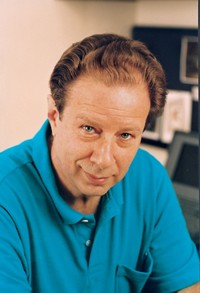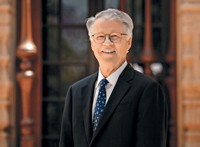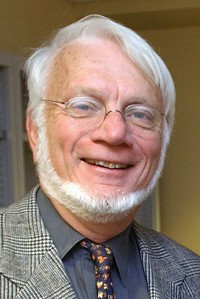Advertisement
Grab your lab coat. Let's get started
Welcome!
Welcome!
Create an account below to get 6 C&EN articles per month, receive newsletters and more - all free.
It seems this is your first time logging in online. Please enter the following information to continue.
As an ACS member you automatically get access to this site. All we need is few more details to create your reading experience.
Not you? Sign in with a different account.
Not you? Sign in with a different account.
ERROR 1
ERROR 1
ERROR 2
ERROR 2
ERROR 2
ERROR 2
ERROR 2
Password and Confirm password must match.
If you have an ACS member number, please enter it here so we can link this account to your membership. (optional)
ERROR 2
ACS values your privacy. By submitting your information, you are gaining access to C&EN and subscribing to our weekly newsletter. We use the information you provide to make your reading experience better, and we will never sell your data to third party members.
Biological Chemistry
Arthur C. Cope Scholar: Thomas W. Muir
by Sophia L. Cai
March 4, 2013
| A version of this story appeared in
Volume 91, Issue 9
Known for inventing techniques to synthesize unusual proteins that cannot be made genetically, Thomas W. Muir has established himself in the fields of chemistry and chemical biology during his 20-year career.
A chemist by training, Muir studies biological signaling processes through the lens of chemistry. “Proteins are, of course, organic molecules (just big ones) and as such should yield their secrets to the tools of organic chemistry,” Muir says.
Muir’s lab created one such tool—expressed protein ligation—that allows for the incorporation of synthetic probes of function into large recombinant proteins. This technology “completely transformed our ability to synthesize proteins, enabling for the first time the creation of homogenous protein preparations that possess virtually any desired site-specific modification for biophysical and cell biological studies,” says Benjamin Cravatt of Scripps Research Institute, in California.
The work has expanded understanding of the role of ubiquitylation in histone biology, among other groundbreaking discoveries, and it has also opened the door to a host of posttranslational protein modifications. “There is no synthetic approach on the planet that can match the ease and yields for production of these complex chemospecific modifications,” says James A. Wells of the University of California, San Francisco.
Muir, 45, earned a B.Sc. in 1989 and a Ph.D. in 1993, both in chemistry at the University of Edinburgh, in Scotland. He completed postdoctoral research with Stephen B. H. Kent at Scripps and then in 1996 he joined the faculty at Rockefeller University, in New York City, where he was the Richard E. Salomon Family Professor and director of the Pels Center of Chemistry, Biochemistry & Structural Biology. In 2011, he moved to Princeton University as the Van Zandt Williams Jr. Class of ’65 Professor of Chemistry.
Despite his distinguished career, Muir admits his studies were not immediately a pursuit of passion. “I realized early on that chemistry was my best, and alas only, ticket out of the small town where I grew up in rural Scotland—it was chemistry or never-ending toil!” says Muir. “It wasn’t until long after I had escaped that I came to realize that I really loved the subject—I got lucky.”
Even if he isn’t a role model for choosing a career path, Muir’s colleagues insist he is a devoted teacher and a world-class scientist. “In my opinion, Tom ranks as one of the top five chemical biologists working in the world today,” says Cravatt.
Met with such high praise, Muir maintains he’s played a small part. “I am most proud of the very modest role that we have played in showing that ribosomal protein synthesis and protein total chemical synthesis need not be like oil and water, but in fact can be usefully combined,” says Muir. “Basically, I’m just a surfactant!”






Join the conversation
Contact the reporter
Submit a Letter to the Editor for publication
Engage with us on Twitter